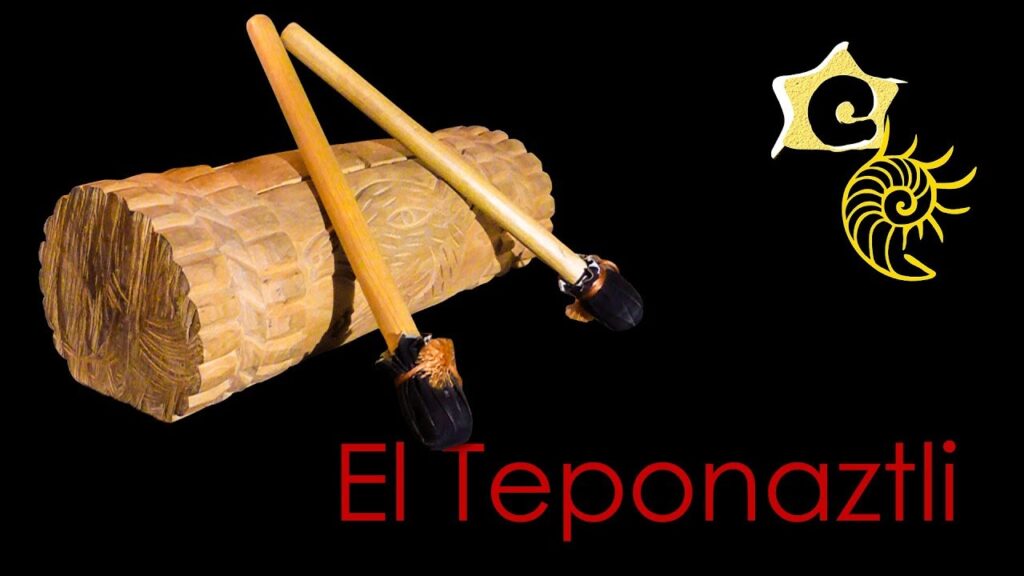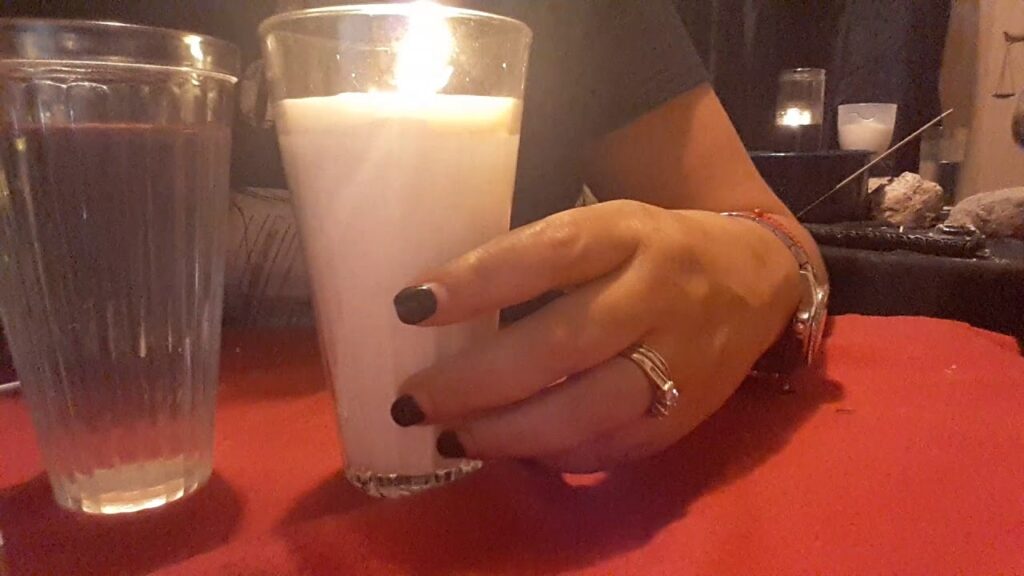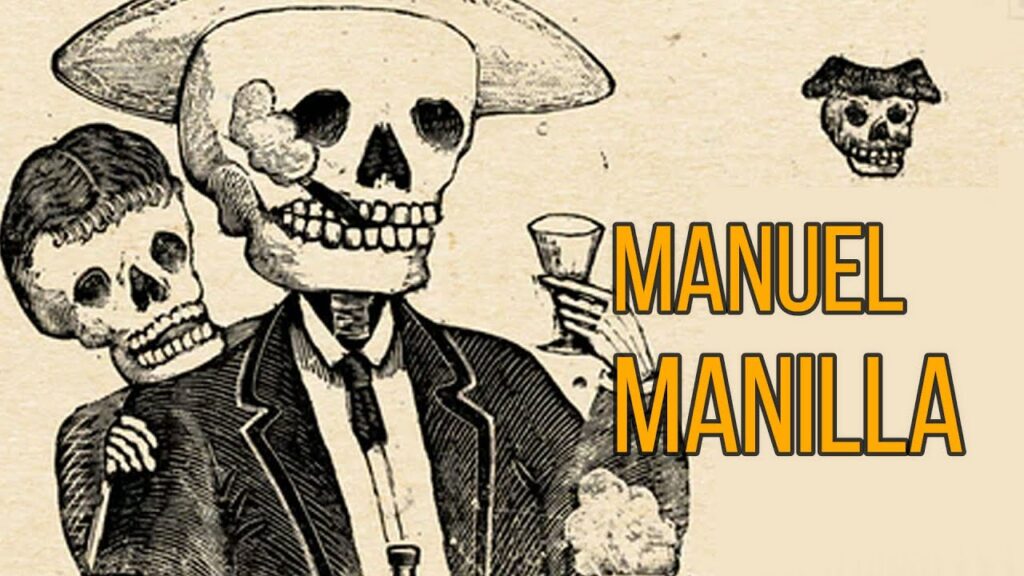Discover the Teponaztli: The Living Instrument of Mexico
Embark on an auditory journey through the heart of Mexico with the teponaztli, an indigenous instrument that reverberates with the soul of the land. This percussion instrument, traditionally carved from wood, is much more than a musical tool; it is a vibrant embodiment of Mexico’s rich cultural tapestry. The teponaztli’s melodic beats have been a cornerstone in ceremonies and celebrations for centuries, showcasing the ancestral sounds that still echo through the country’s bustling markets and serene landscapes.
Unlike other percussion instruments, the teponaztli boasts a distinctive sound that arises from its unique structure. The hollowed-out hardwood body, often adorned with intricate carvings and symbolic imagery, possesses two slits that create separate tones when struck with rubber-tipped mallets. Artists and musicians imbue each teponaztli with its own personality, making it a ‘living’ instrument, reflective of the region’s biodiversity—including the types of wood used, such as mahogany, cedar, or rosewood to achieve various acoustic qualities.
The teponaztli remains deeply intertwined with indigenous traditions and customs. It is not only played in folk music ensembles but also serves as a medium for storytelling and oral history. Each rhythm and note played on this instrument can convey a story of the past, a celebration of the harvest, or even a prayer for rain. Though the teponaztli has been part of Mexico’s history for millennia, modern-day musicians are breathing new life into its legacy, ensuring that its melodies continue to signify the heartbeat of Mexico and inspire adventurers seeking an authentic cultural experience.
The Teponaztli’s Significance in Mexican Culture
The teponaztli, a traditional Mesoamerican instrument, carries with it the echoes of ancient Mexican culture. It is a type of slit drum made from hollowed-out hardwood logs, which emanate a rich, resonant tone when struck. Historically, these instruments were not merely tools for creating music; they were deeply interwoven with the social, ceremonial, and spiritual fabric of pre-Columbian societies, especially within various indigenous communities in Mexico.
Used in rituals and festivities, the teponaztli was more than an accompaniment to dances and songs. It held a sacred place in the hearts of the people, with its sound believed to communicate with deities and the world beyond. The drum’s beats could symbolize the heartbeat of the community, reflecting its vitality and unity. These drums ordinarily featured intricate carvings showing images of gods and symbols that further underscore their critical role in cultural identity and religious practices.
Indeed, the construction of the teponaztli is steeped in cultural significance. Artisans who crafted these instruments followed meticulous methods passed down through generations, selecting wood with the right attributes and carefully carving the slit to create two distinct pitches. This dual tonality was representative of the duality observed in many aspects of Mexican cosmology, such as the concepts of life and death, the earth and the sky, or the temporal and the spiritual.
In contemporary times, the reverence for the teponaztli persists amongst indigenous groups who endeavour to preserve traditional music and culture. The instrument serves as a powerful reminder of a rich, ancestral heritage, offering a sensorial link to the past. Modern musicians and cultural enthusiasts continue to incorporate the teponaztli in festivals, educational programs, and artistic performances, echoing sounds that have been heard across Mexico for centuries.
The teponaztli, thus, transcends its role as a mere musical instrument. Its resonance offers a narrative of the Mexican people, weaving stories of creation, community bonds, and the interplay of the sacred and the mundane. As a repository of cultural memory and identity, the teponaztli commands respect and fascination, remaining an audible testament to Mexico’s vibrant and enduring spirit.
Exploring the Myth: Teponaztli as an Autonomous Entity
The lore rooted in Mexico’s rich cultural tapestry is vibrant with tales and myths that evoke the profound connection between the people and their land. Among these, the Teponaztli, a traditional Mesoamerican slit drum, stands out not just as an instrument but as a storied character within these narratives. Historically, the instrument’s deep resonating sounds were seen as almost supernatural, a voice that could speak across the heavens and earth.
Intriguingly, tales from certain regions depict the Teponaztli as more than an inanimate object; it is often revered as a living, autonomous entity. This conception of the Teponaztli goes beyond its physical manifestation. It’s believed to hold spiritual significance, with the power to communicate with deities, influence the elements, and impact the lives of those around it. The narratives describe its voice as one that could cause the earth to tremble and the skies to answer.
Furthermore, within ceremonial contexts, the Teponaztli was attributed with the capability to guide the rhythms of life. As stories passed down through generations suggest, the drum didn’t just set the tempo for dances or rituals; it was thought to dictate the very flow of time and the natural order of events. Thus, the Teponaztli wasn’t merely ‘played’—it was engaged with, listened to, and deeply respected as a guide and an authority in its own right.
This autonomous vision of the Teponaztli enriches the fabric of Mexico’s cultural heritage, intertwining music, spirituality, and mythology. It serves as a testament to the power ascribed to music in Mexican tradition and the enthralling ways in which the lines between the living and the innate can blur, giving life to the inanimate and making every melody a story unto itself.
How the Teponaztli Was Revered in Ancient Mexico
The Teponaztli, a traditional Mesoamerican slit drum crafted from hollow hardwood logs, was a sacred element in the music and rituals of ancient Mexico. This percussion instrument played a pivotal role in various ceremonial practices, often being associated with religious festivities and events of social significance. Its deep, resonating sound was believed to bridge the gap between the earthly realm and that of the deities, granting it an elevated status in ancient Mexican spirituality.
In many Mesoamerican cultures, the Teponaztli was not merely a musical instrument but a symbol of communal identity and divine communication. It was intricately carved with various motifs, sometimes depicting the faces of gods or animals, which were thought to imbue the drum with spiritual power. The act of playing the Teponaztli during religious ceremonies was considered a form of prayer, with rhythms and beats interpreted as messages to the gods, conveying the community’s requests, gratitude, and reverence.
Festivals such as the Aztec New Fire Ceremony, a ritual signifying the start of a new calendar round, would be incomplete without the sounds of the Teponaztli. During these grand celebrations, musicians held in high esteem for their sacred duty would play complex rhythms that were believed to echo the heartbeat of the universe itself. Such was the importance of the Teponaztli that its sound was synonymous with the life force and vibrancy of the community itself.
The legacy of the Teponaztli and its revered place in ancient Mexican culture can still be observed today in various forms of folk music and celebrations. Though the contexts have transformed over the centuries, the echoes of the Teponaztli carry the weight of a profound historical reverence that speaks to the spiritual and cultural depth of Mexico’s ancestors. Its continued use is a living testament to the enduring nature of Mesoamerican traditions and their permanent mark on the fabric of Mexican heritage.



